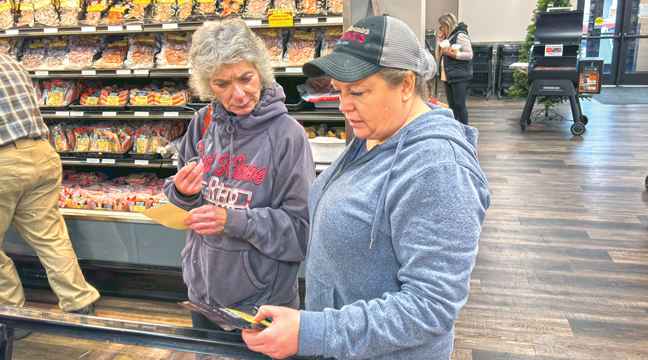“Son, you be a good steward of this land.”
Those are the words of Charles W. Stickney, spoken to John Kerwin, whose family farmed his land. Kerwin took those words to heart, and the result became the 2013 Stickney Lake Land Trust.
Stickney often expressed a desire that his nearly 1,000 acres of land be preserved for its natural and agricultural use. His grandfather, John Stevenson, settled on the original homestead near Clear Lake in the mid 1800s. Stevenson married Sopie Stickney, whose husband, John Stickney, had been killed in the Civil War. One of her sons, Charles A. Stickney farmed the land, as did his son, Charles W. Stickney after him.
The entire Stickney family was a proponent of nature, never developing their land because of their preference for agriculture and conservation.
Charles W. Stickney was a notable Clear Lake personality. He survived three combat missions in World War I in which most of the soldiers involved didn’t. He came back to head the Hoover for President campaign, and became a personal friend of Hubert Humphrey. He was one of the people behind getting rural electrification to the area, and helped start the farmer’s union and Clear Lake Co-op. He farmed through the 1960s.
“Charles Stickney was a big farmer in the area,” said Clear Lake resident Bud Stimmler. “He was very conservative and was well hooked up with MN Governor Orville Freeman and President Kennedy.”
“Charlie was an avid conservationist,” said Jerry Goenner, who as a child was a neighbor of Stickney. “He and his wife, Rhea, were passionate about protecting the land. They, along with my parents Ernest and Angela, were very involved with the group that created the Minnesota Wild and Scenic Rivers Act in the mid-1970s.”
Charles W. Stickney rented out the Stickney Lake homestead to Kerwin’s parents after he married and built a house for his bride along the Mississippi River near the original Clearwater bridge. He became Kerwin’s mentor, teaching him how to raise cattle and take care of the land. The Kerwins lived on the original homestead built along Stickney Lake by Charles A. Stickney in 1905.
John Kerwin continued the tradition of raising cattle and farming the Stickney property, which his family eventually purchased. Although the family had always wanted to make Stickney’s dream of preserving the property a reality, there was no money to make it happen until after the Minnesota Land Trust was created in 1993.
Kerwin’s niece, Ann Butler, eventually negotiated the perpetual conservation easement in 2013 at one-half the land’s appraised value after heading up a similar conservation trust. Today the Minnesota Land Trust owns the property, with the exception of the building area, and Kerwin and his sister, Helen, are the current trustees. Kerwin still raises cattle in the wooded area of the property today, and the majority of the farmland is, and will continue to be, used for productive agriculture.
A conservation easement is a voluntary, legal agreement between landowner and a land trust or other qualified agency that permanently limits certain uses of the land in order to protect its conservation values.
The Stickney Lake Land Trust builds on the more than 15 permanent conservation easements already in place within the Northwest Metro Mississippi Corridor, as well as the significant public investment in habitat protection, including several wildlife management areas, Sand Dunes State Forest, Lake Maria State Park, several county parks and Sherburne National Wildlife Refuge.
Funding for the project was provided by the Outdoor Heritage Fund, which was established to restore, protect and enhance wetlands, prairies, forests and habitat for fish, game and wildlife.
The Minnesota Land Trust is a non-profit organization seeking to permanently protect the state’s natural and scenic heritage. For more information visit www.mnland.org.








